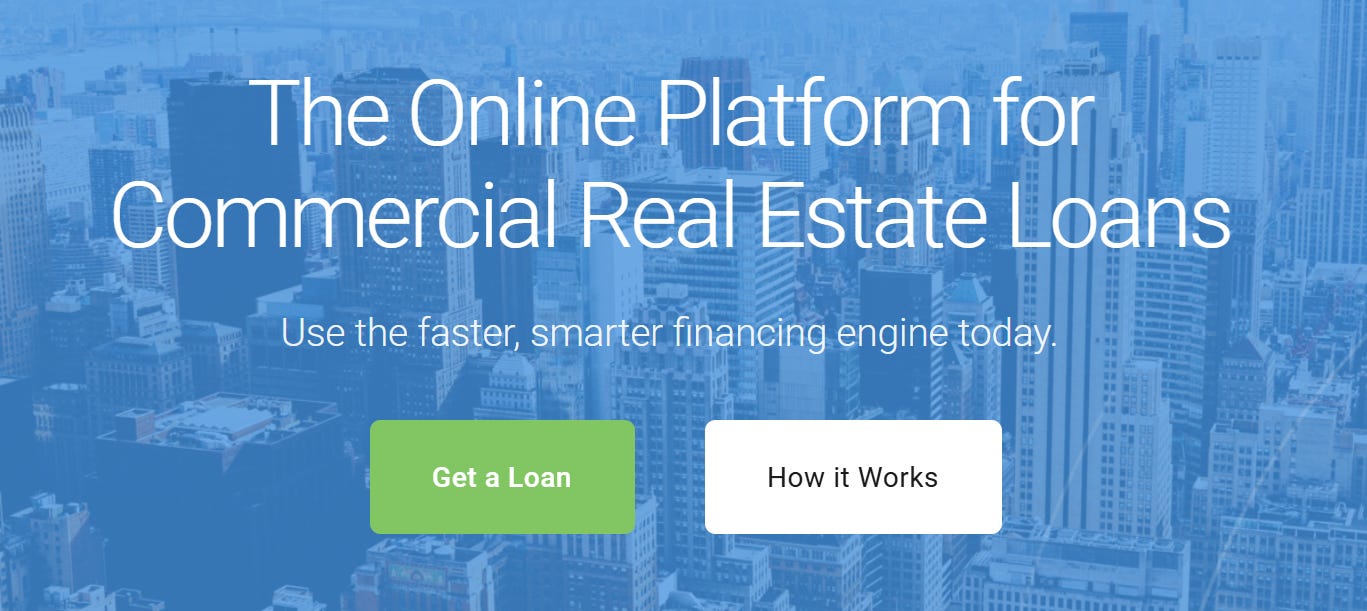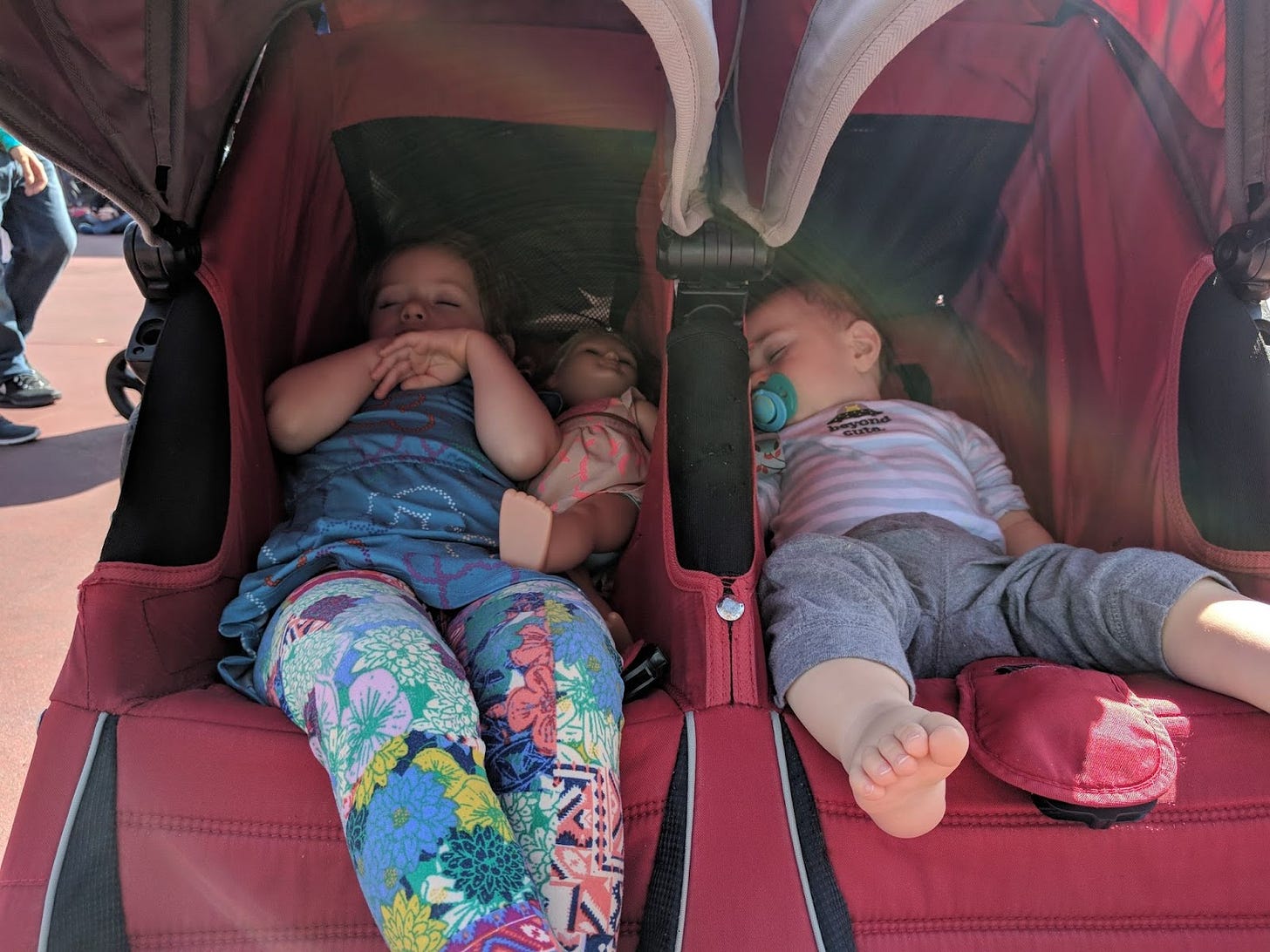Princess Ride or Die
Our fintech startup had survived a broke Christmas, launched on a fancy stage, and now had some revenue coming in. We were all in.
But now it was another Christmas, and money was still tight. Thankfully we had rent money (unlike last year), and the startup could make payroll, but I’m weighing the decision to blow the last $1000 to my name on a trip, again.
Clawing our way back up
By late 2017, several months after our business model pivot, “marketplace” revenue from successful loan transactions had begun to flow. Our marketplace sold money itself: by cataloguing real estate lenders and their commercial mortgage program terms, we enabled investors and developers to shop for the financing their projects required. One early user financed a small industrial building for his business in Georgia, while an investor found a lender to fund a property acquisition in South Carolina, giving the Southeast an early lead for our nascent deal map. In December, we had our first closing in New York, a 5 unit apartment building refinance.
The whole “marketplace” launch had been exactly as successful as it should have been. Our small team, now including myself, my co-founder/CTO, another software engineer, and the first couple of business hires from inside the real estate finance industry, was learning rapidly about the needs of small commercial mortgage borrowers with remote deals.
Technically, a $600k commercial mortgage quote looks a lot like a $60 Million one, and the steps are essentially the same. But the borrower mindsets were miles apart. That gap doesn’t matter much to a database. It does matter a lot for branding, marketing channels, and UX.
An early investment I made in those days that paid dividends later was writing a blog, and aggregating posts into a monthly email newsletter. Early posts mixed real estate tech topics, industry news, and simple explainers I wrote while learning the concepts myself. Those explainers turned out to hold SEO value, reaching a larger audience than I expected.
So we were slowly progressing as a business, and had just enough capital to support a small, scrappy team. I began paying myself a salary, though I kept it at a very minimal level. It stayed that way for quite a while. Years later I calculated my average net income at $73k over seven years of founder mode, barely survival level for NYC with a family. Every spare dollar went into the business: office space, hires, and small growth marketing bets.
My own job as the “CEO” at this stage related mostly to refining product-market fit, leading the beginnings of a multi-functional team, and preparing for the next fundraising attempt. Reality had dashed my “fundraising will be easy” fantasy, but I still hoped our early revenue growth would unlock a “real” raise, led by a VC who would anchor a funding round, make introductions, and serve on our board as a startup guru. More on that later.
So, that last $1000 trip v2
Today our family lives within driving distance of Disney World in Florida. But back in 2017, we still lived 1000 miles away up in New Jersey, near New York City, and visiting Disney World while our two children were young enough to get in free was my wife’s dream. The problem was that it didn’t fit into any safe version of our budget. She knew that money was tight, but it was a hard pill to put dreams on hold indefinitely.
When our first child was born while I worked at Facebook (now Meta), I had four months of paid leave. By the time our second (a son) arrived in the Spring of 2017, I managed just 36 hours away from work—hardly a bonding break.
Now it was Christmas time again, and money was still tight. I knew I couldn’t let my family burn out over this venture. When my wife and I had agreed to take the risk of building a startup, quitting a well compensated job and forfeiting generous benefits, it was with a mutual understanding that “I could always go back to a big tech company job if this fails”. We had avoided failure so far, but had neither taken off like a rocket nor successfully raised large round of capital. Instead, we found ourselves in the long grind of feeling under-funded, hungry for success, and trying to make up the gap with grit. It takes a toll on your family no matter how thoughtful you are to play that role for long.
So this Christmas, I deeply considered spending that last $1000 available to me on a flight again, but this time to take the trip my wife and 2.5 year old princess movie lover wanted. My mind is made up, and I decide to reveal the surprise on Christmas morning via a Youtube link inside a card that teases our destination.
To be clear, this was by no means a financially “safe” decision, and I’m not recommending it to other broke founders out there. I just saw at the time that I needed to show my wife and our two little ones that I wasn’t mortgaging all of their dreams for my own.
And you know what? When we got down to Disney, no one could tell the difference between the millionaires and the families like ours who scrounged together money to make the trip.
While my co-founder and I were “all in” on the startup, my wife and our kids were my Ride or Die.
Founder lessons
Growth hacks might help your project pop. But quality content that connects with someone else’s personal goals compounds over time.
Nobody in line at Disney, or in real estate (except your lender), knows your bank account balance. Make one good decision at a time. Go all in sparingly.
Going “all in” rarely brings binary success or failure. Plan for the grind.
Bring (or rent) a lay-down stroller to Disney for naptime!








Dreams kept alive in scarcity become a family’s wealth.